Women in Greek Mythology: Goddesses, Mortals, Monsters
Discover the powerful female characters of Greek mythology.
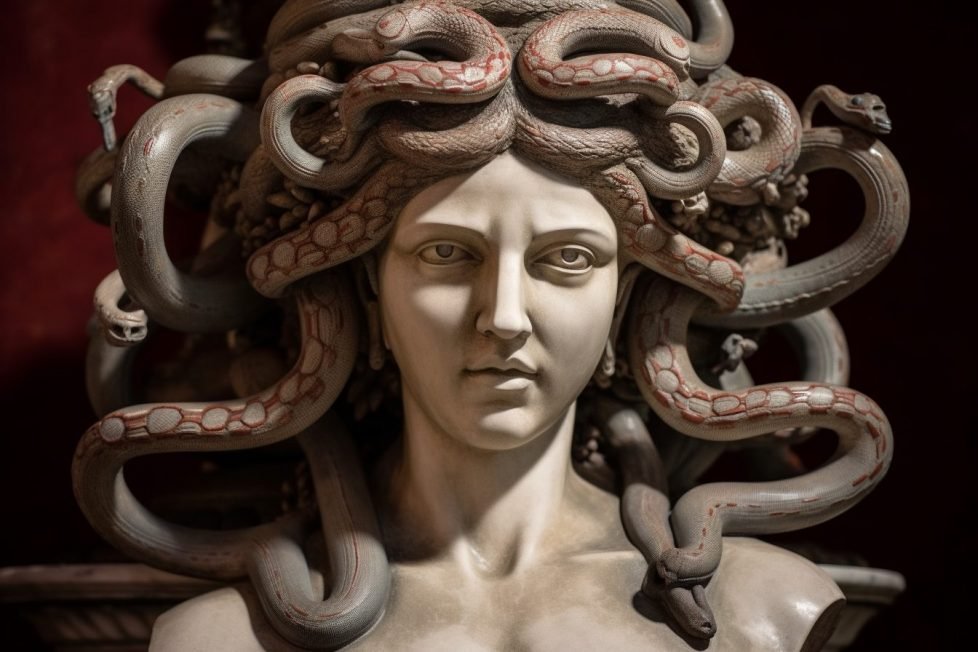
Discover the powerful female characters of Greek mythology.

Table of Contents
ToggleThe myths and narratives of society give us valuable insight into the values of a given culture. But, in the case of classical Greece, it also helps us understand ourselves. After all, these myths continue to have a significant role in our popular culture. Many of our institutions, like democracy and the university, are modeled on our perception of this culture. Therefore, the role of women in Greek mythology can help us understand our gender conceptions and biases.
One of the best ways to understand the role of gender in classical Greek society is through the depiction of women in its mythology. Women in the city-state of the era, known as polis, did not enjoy the right of citizenship which had far-reaching consequences. It meant that in almost all cases, women could not vote or own land, which was the source of most wealth in the rural economy. Instead, women were legally forced to remain in the home and focus on bearing and raising children. In Sparta, women had more rights and could own land. But that is the exception that proves the rule.
Greek women left their mark on society at all levels. Their influential and often subversive roles in mythology tell us that no matter what the laws said, women in Greece were always able to leave an indelible and unique mark on their culture.
According to Hesiod, the origin of mortal women was a rivalry between two powerful male gods. Prometheus, the god of fire and tricks, bestowed fire upon mortal men. Zeus was displeased and believed this gave mortals too much power. To balance the realm of mortals, the god of thunder asked Hephaestus to craft women and provide them with all the gifts of kindness and beauty. That would soothe the destructive power of fire. Hephaestus was a master crafter and created the female of the species according to those specifications.
The story provides a positive connotation for femininity and sets up its role as a beneficial influence on the world. You can contrast this with the origin of women in Christianity and Judaism, which is directly related to sinfulness. But as we will see, the beauty of women is seen as a double-edged sword in many other Greek myths. Indeed, feminine characters are often portrayed as devious and manipulative.
The characteristics Greeks associated with femininity were represented in the principal goddesses of the Olympian pantheon. They include positive traits such as beauty, wisdom, kindness, and fiercely wild independence along with more negative traits such as deceit, deception, and cruelty.
Athena is so important that the city of Athens is named after her. As the goddess of Wisdom and War, she was charged with some of the essential aspirations of Greek culture. Athena was the favored daughter of Zeus. He produced her without a mother, so she sprang fully formed from his divine forehead. Her wisdom stems from Athena’s diligence. She was known as the patroness of weaving and spinning. According to the myths, diligently mastering her craft allowed her to develop greater wisdom than any other deity.
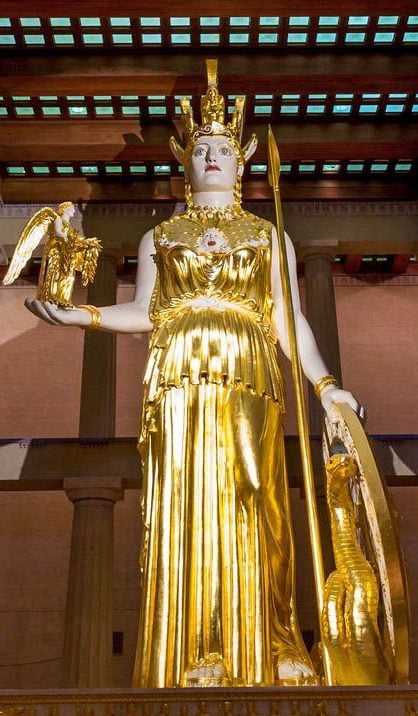
Meanwhile, the most beautiful goddess of all was Aphrodite. That is unsurprising since she is the goddess of sex, love, and passion. Indeed, she was so alluring that Zeus was concerned the gods would kill each other to win her favor. Therefore, he married her off to Hephaestus, the deformed and lame god of fire. But you can’t really expect the goddess of passion to remain true to one of the ugliest gods, so she often stepped out on her husband.
Her main rival was the comely Persephone, the Queen of the Underworld. Persephone was chaste and rejected all advances from the male gods. But eventually, Hades abducted Persephone, his niece, and forcibly made her his wife.
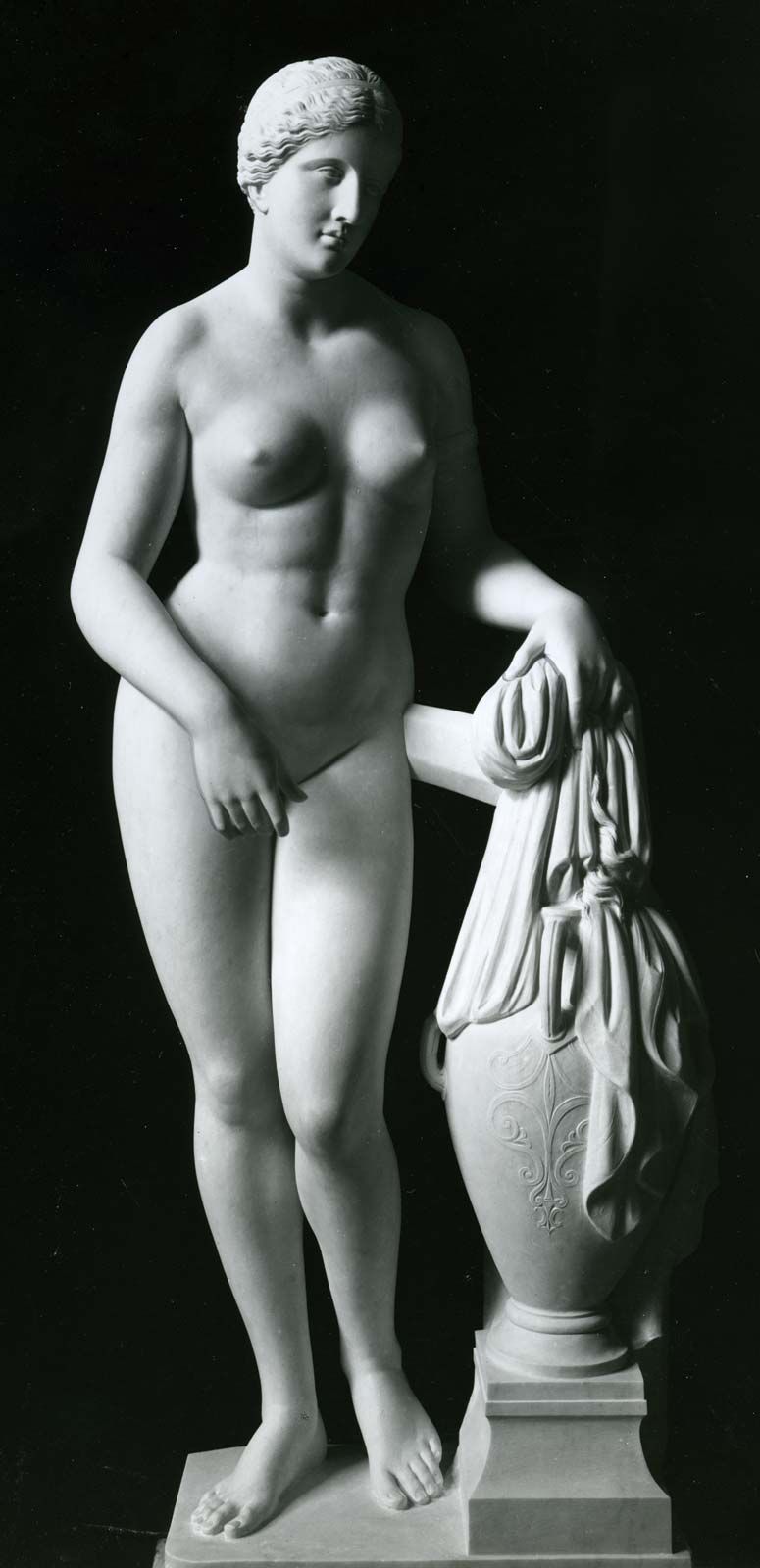
Artemis chose to remain a virgin. She preferred the wilderness and hunting, making her arguably the most feminist of all the Greek gods. Her strength of spirit and rugged independence have made Artemis a modern feminist icon.
However, Artemis was also known for her erratic and sometimes unkind behavior, perhaps reflecting how the Greeks viewed femininity. Some believed her lack of compassion and caring was behind stillborn births and miscarriages.
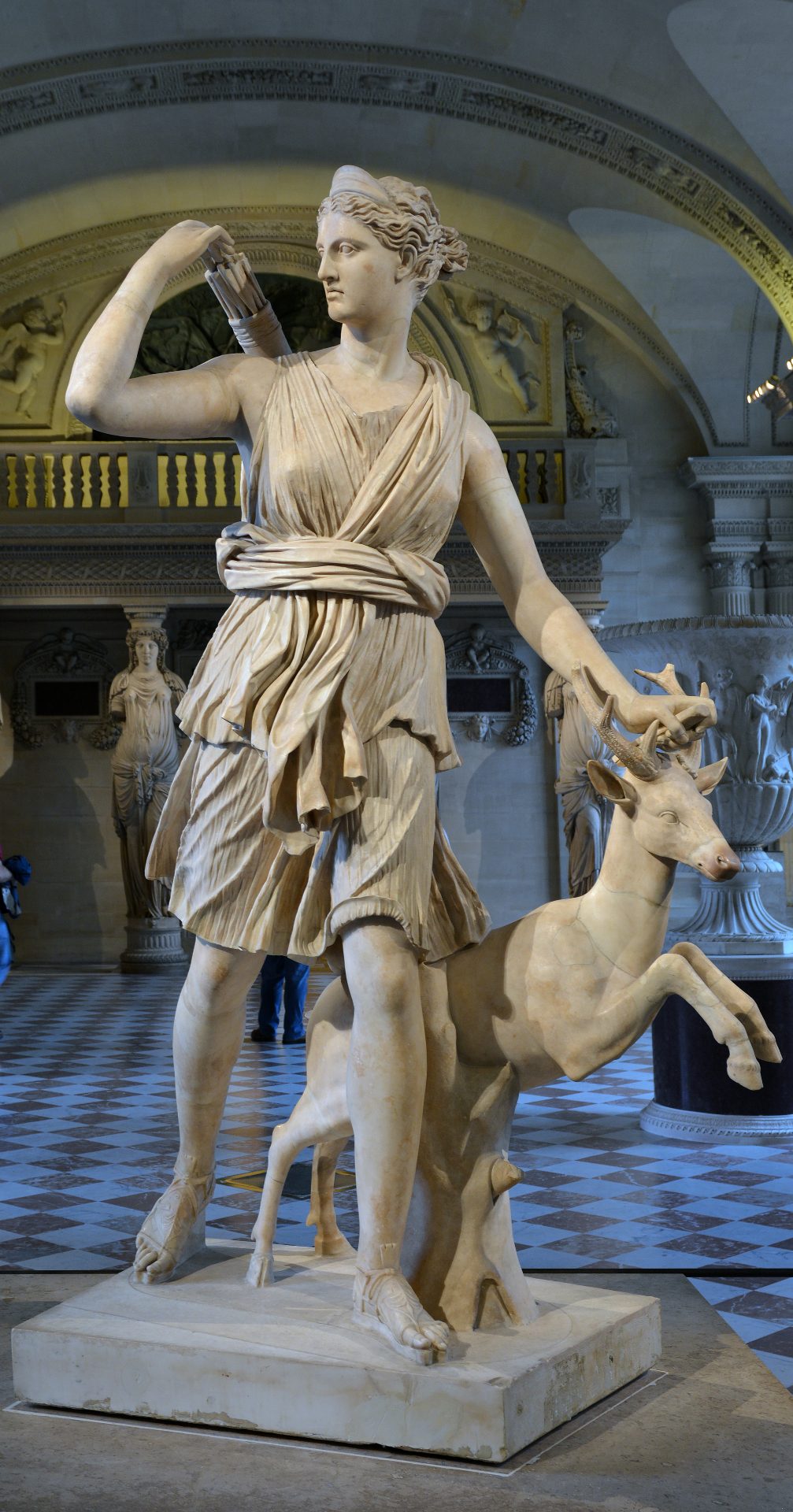
Meanwhile, Hestia was the kindest and most nurturing among the goddesses. She was associated with family and domesticity. Thus, in a way, she represented the somewhat misogynistic view of the ideal woman at the time. Like many primary goddesses, Hestia chose to remain chaste in perpetuity and attend to the Olympian homestead.
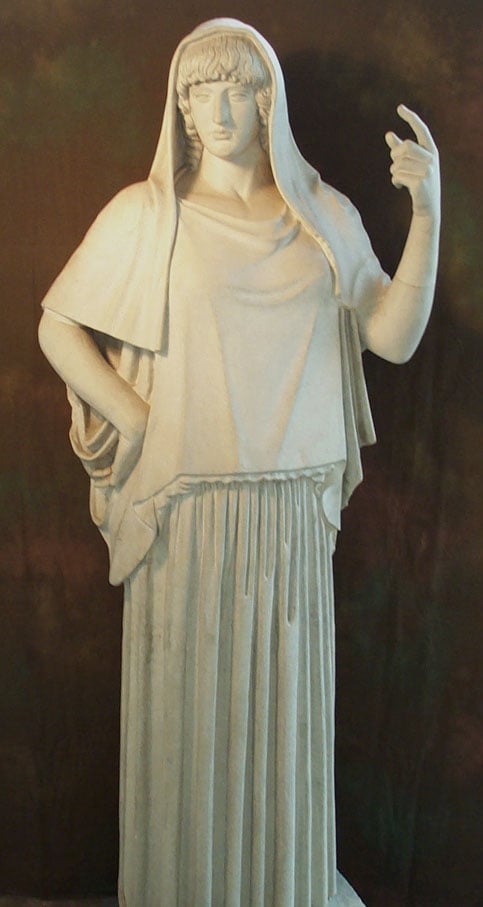
Finally, Selene is the goddess of the moon. One of the foremost goddesses of the Titan generation, she was known for her touching love for the mortal shepherd Endymion. Selene visited him every night, befitting the personification of the moon. The goddess gave birth to 50 daughters and suffered deeply with the mortality of her beloved.
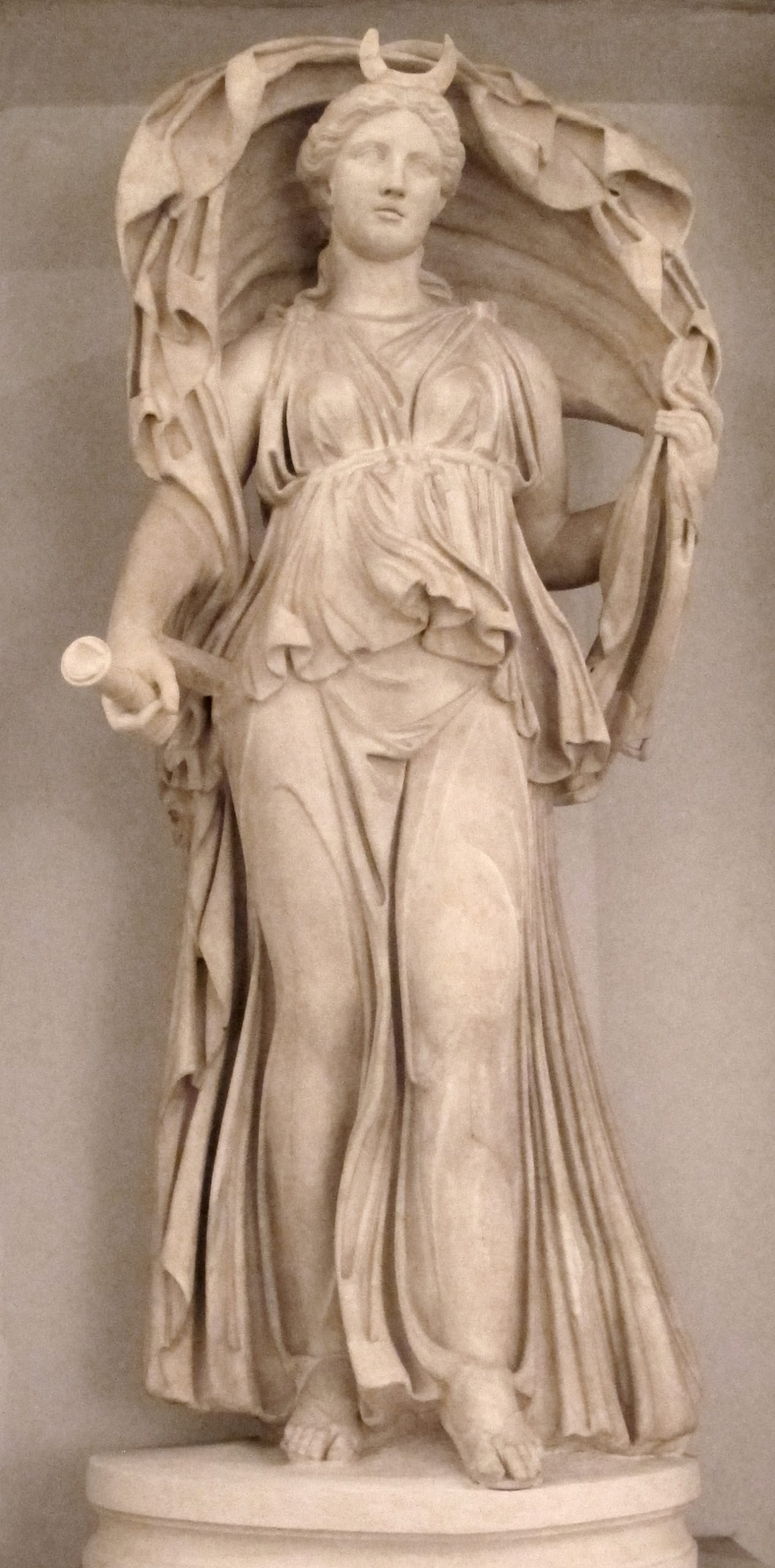
Gods and mortals were not equals, but they interacted. They even fell in love and had numerous offspring. The most famous among them are Heracles (later Romanized as Hercules), Achilles, and the founders of Rome, Romulus, and Remus. But there are some wondrous stories of female demigoddesses as well.
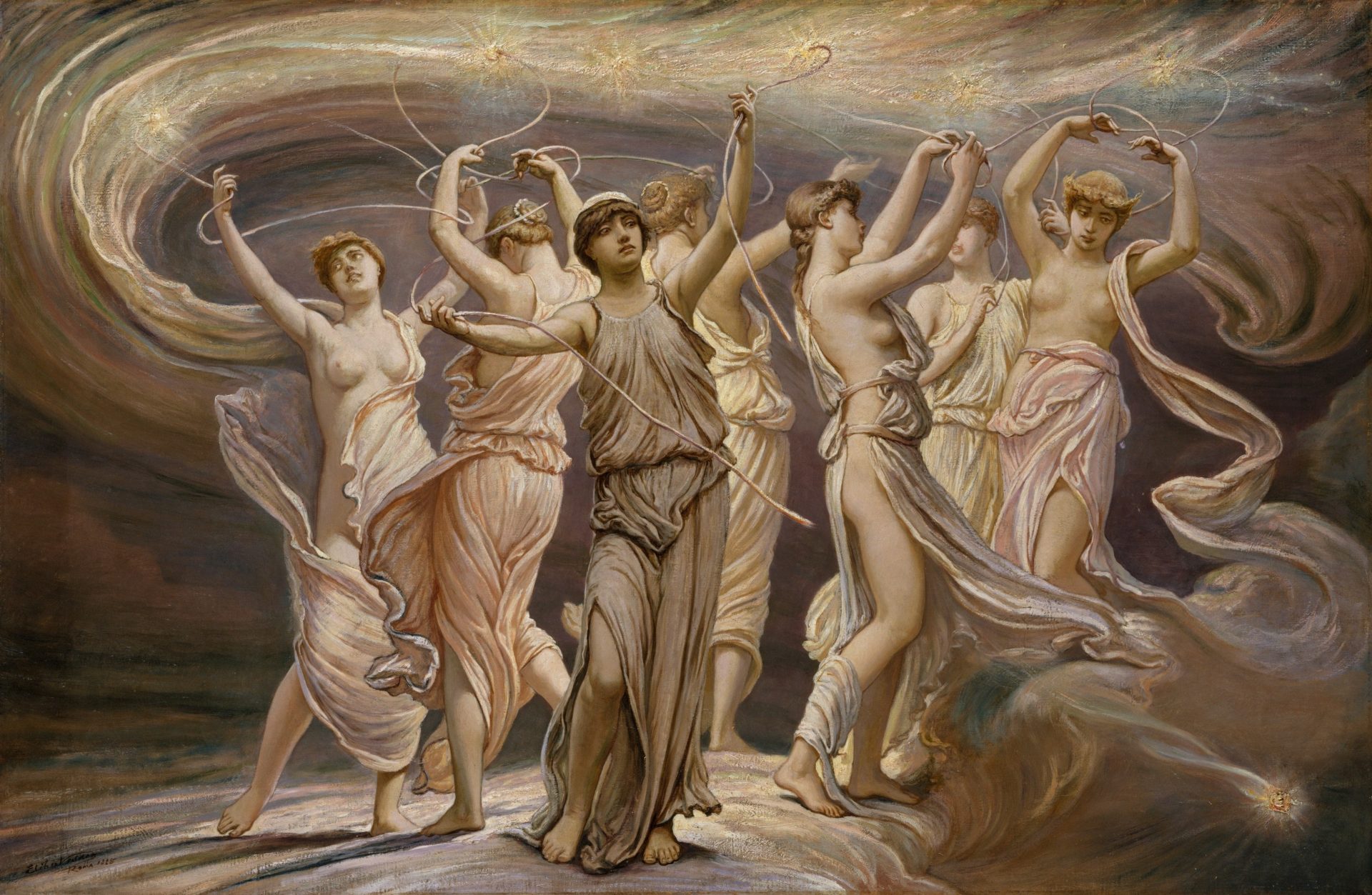
One group of demigoddesses were literally the guiding lights for Greek sailors throughout the generations. The seven sisters, the Pleiades, were Maia, Alcyone, Asterope, Celaeno, Electra, Merope, and Taygete. Daughters of Atlas, the titan who holds up the Earth, and Pleione, the ocean nymph.
The crafty hunter Orion relentlessly pursued the mother nymph and her daughters. Therefore, Zeus hid them from their foe by changing the daughters into doves and letting them fly away. They went off and became the Pleiades star cluster, which was used to navigate stormy oceans for several millennia.
Not everyone in Greek mythology was a god. Instead, many stories are about the interplay between mortals and deities. Indeed, some of the cannon’s most beloved and gripping stories involve mortal women. Unfortunately, the women were passive in many cases despite their importance in the narrative. Helen of Troy is an excellent example of that. She served as a catalyst for a great war but did so without taking any particular actions aside from being attractive.
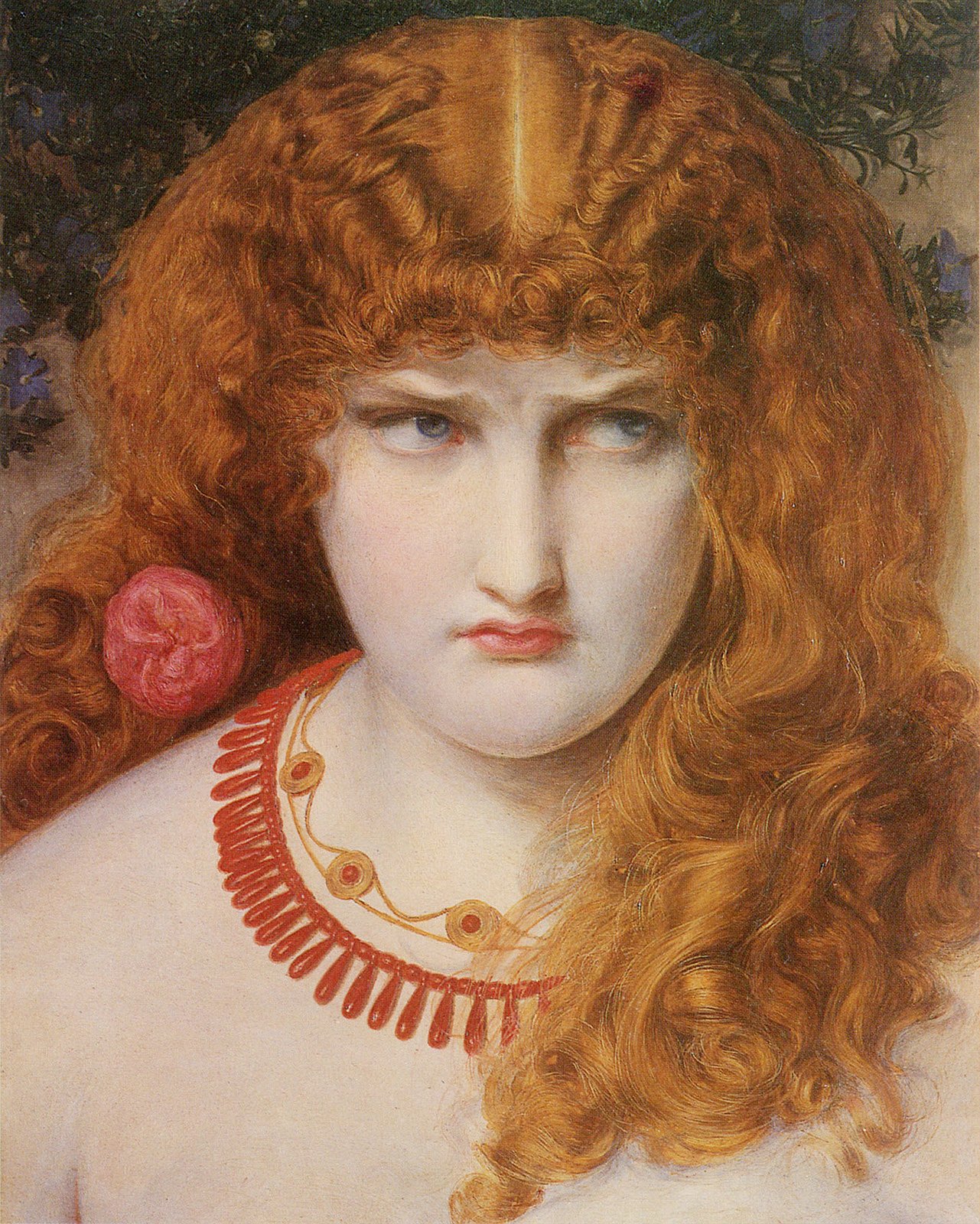
However, some women had remarkable capabilities and matched or exceeded their male counterparts in every regard. For example, the Amazons were a tribe of warriors. They were women who rebelled against the subjugation of women in the classical Greek world. They built their society, which excluded men from their midst. They formed an entire remarkable nation on the coast of the Black Sea named Themiskyra. The Amazons were such formidable warriors that they created a veritable empire. Various myths note that they built or occupied many other locations, such as Ephesus, Lesbos, and Mytilene.
One of the top fighters amongst the Amazons was Hippolyta. But, unfortunately, she was killed due to the trickery of Hera. During a friendly meeting with the great hero Heracles, Hera spread rumors that the male hero is trying to abduct Hippolyta. In the battle that ensued, Hippolyta the Queen of the Amazons was slain by Heracles. So, like all proper Greek heroes, she had a tragic and preventable death.
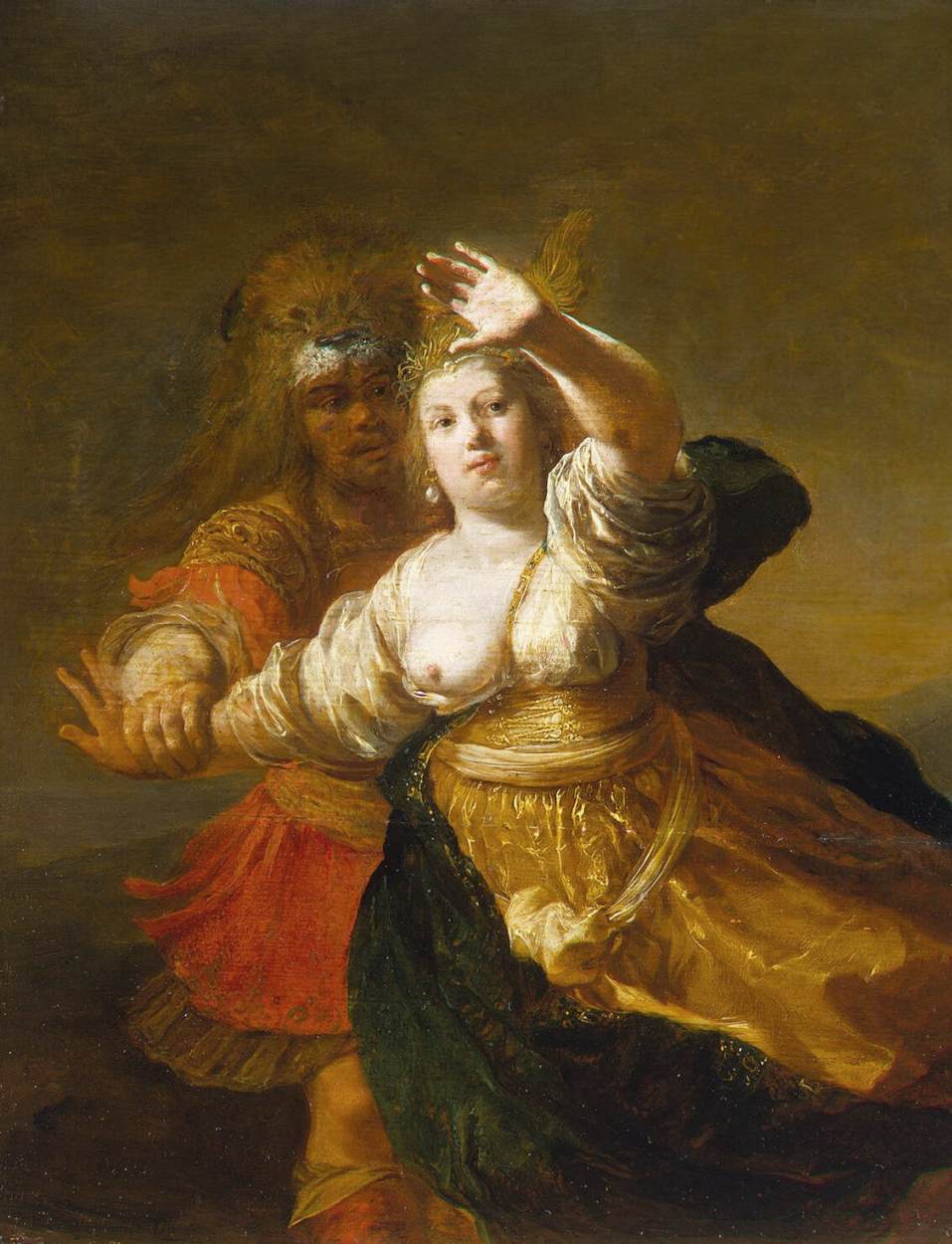
Atalanta was another great female warrior. She fought alongside Jason and Laertes. However, in another version of the myth, she is prevented from joining the other fighters because of her gender, despite her fearsome skills. In another legend, she was instrumental in killing the Calydonian boar. Indeed, she drew first blood with her bow, demonstrating her exceptional archery skills. But as always, some male warrior tried to cheat her out of the spoils of victory. The sons of Theseus wanted to deprive her of her share of the skin of the boar, which was Atalanta’s share of the spoils. But Meleager killed them and restored the loot, as he had fallen in love with Atalanta.
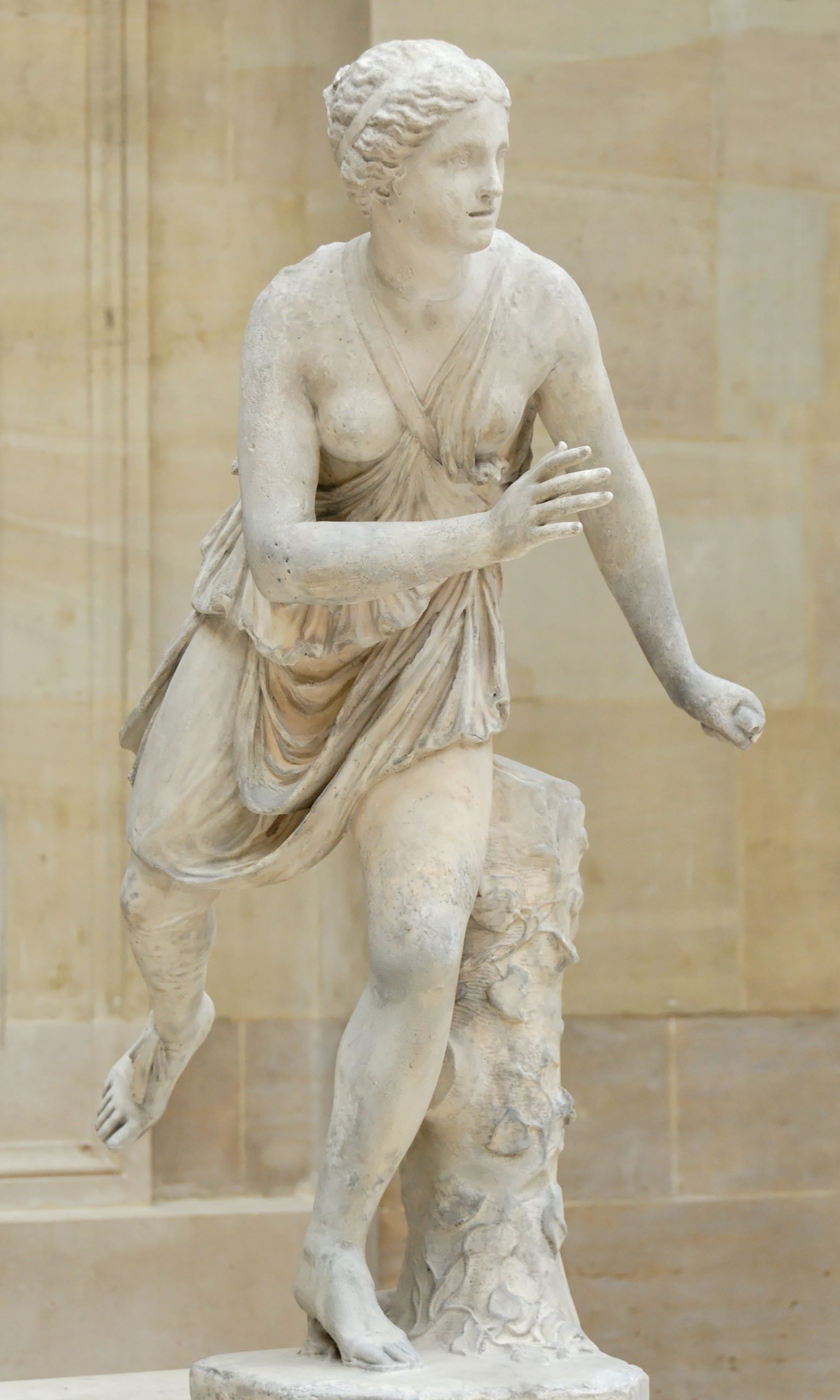
But perhaps the most powerful woman in all Greek mythology was Penthesilea. As the daughter of Ares, the god of war, she led the Amazons during the Trojan War. According to Aethiopis, she arrived with her warriors to help the Trojans and fought intensely with the Greeks. She proceeded to slaughter everyone in her path before entering into grim mortal combat with Achilles himself. He kills her but pays tribute to Penthesilea’s incredible combat skills. However, according to earlier sources, it appears that she also defeated Achilles. According to Diodorus, she was the last great warrior of the Amazons, and they soon faded into obscurity without the fearless leadership of Penthesilea.

As we have seen, women in Greek mythology often had all the most magnificent traits of wisdom, kindness, and beauty. But some of the most horrible monsters in these tales were also female.
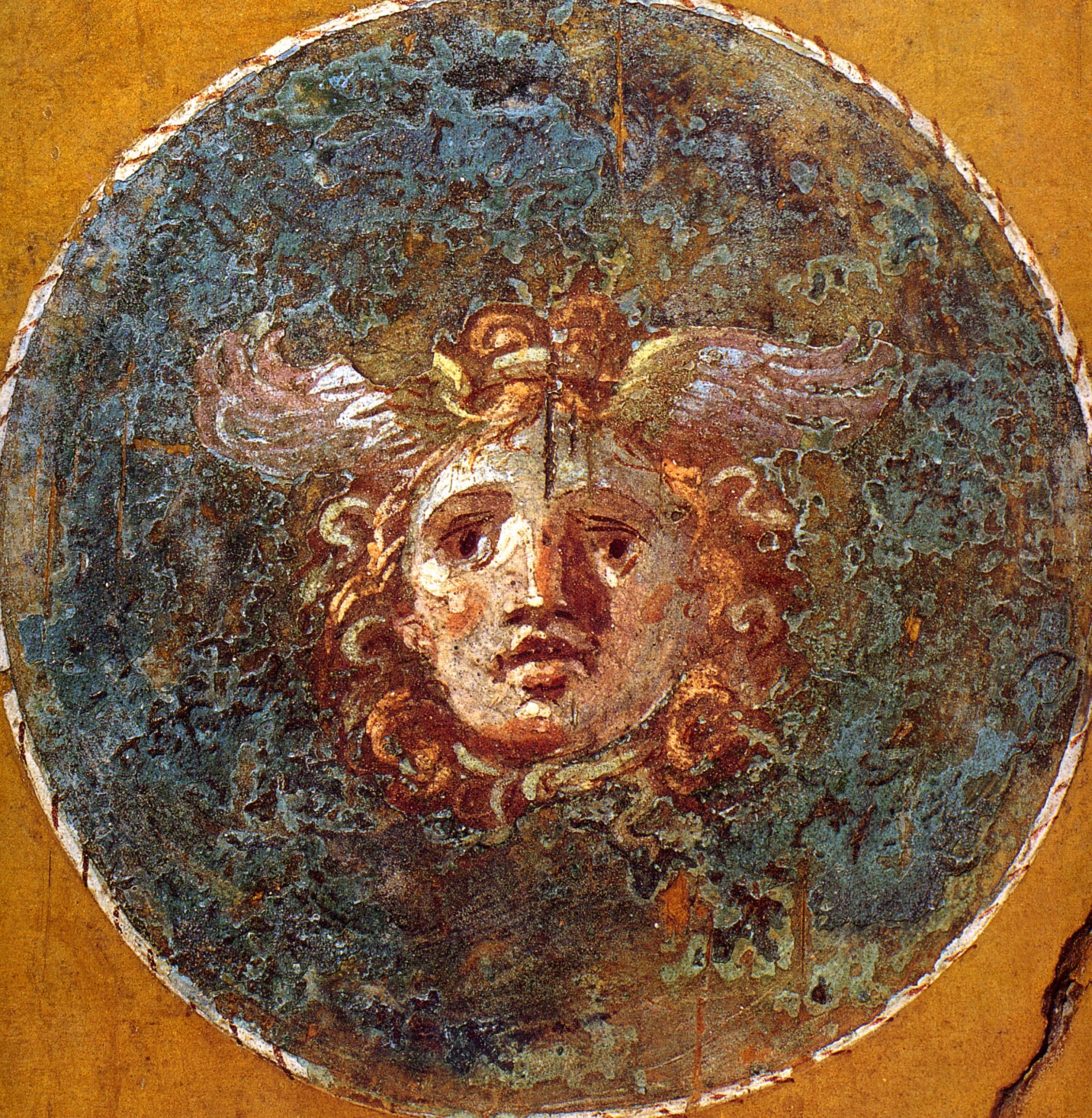
The Gorgons are amongst the most famous monsters in Greek mythology and may be the most ancient, as they appear from the very earliest stories onward. They are known for the venomous snakes that make up their hair. If anyone looked directly at the Gorgons, they would be turned into stone. Interestingly, the most famous of the three is Medusa, who was a mortal. She was killed by Perseus, who received a lot of help from the gods. Most notably, the mirrored shield Athena gave him allowed him to see her face and cut Medusa’s head off without turning into stone. In recent years, Medusa has become something of a feminist icon.
In Western culture, strong women have historically been imagined as threats requiring male conquest and control, and Medusa herself has long been the go-to figure for those seeking to demonize female authority.
The Atlantic
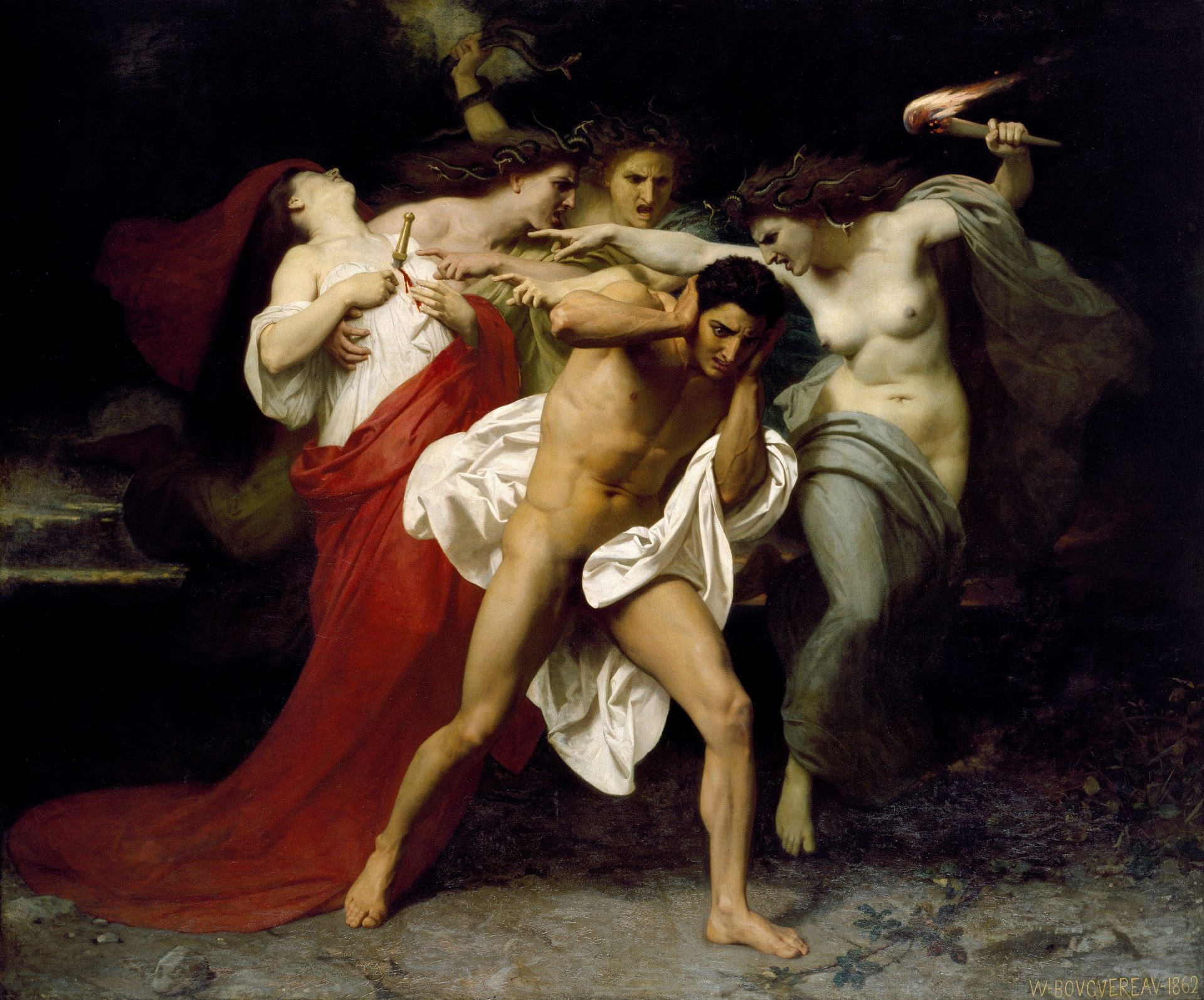
Another example was the Erinyes sisters. These women had snakes in their hair, had the heads of a dog, sported black wings, and had red eyes. Terrifying stuff. Indeed, their origin story is as gruesome as you would expect. Cronus, one of the Titans, castrated his own father, Uranus. The Erinyes emerged from the blood which emanated from his fallen member. According to the Iliad, their role was to “take vengeance on men, whosoever hath sworn a false oath.” Anyone could go to the Erinyes with their complaints, and the monstrous sisters would make them pay for their lies. The sisters inspired a cult of followers, notorious and feared throughout ancient Greece.
It is tempting to look at ancient Greek society as patriarchal and traditional regarding gender roles. There is some truth to that kind of statement. However, it is simplistic. One fascinating test case is the goddess Athena. She manifested what many in antiquity would consider the most masculine virtues while still embodying femininity. The roles ascribed to her are numerous and primarily associated with the world of public affairs. She was the goddess of civilization, law, justice, just war, math, crafts, strategy, arts, and the defender of many city-states.
The Greeks considered war to be the province of men. Therefore, it may be puzzling that a female goddess like Athena has domain over it. But there were two gods of war. Ares represented the savagery and blind violence of war. Meanwhile, Athena represents the honorable and controlled face of conflict. The just war, deliberate strategy, and the honor of warfare were wielded with cerebral deliberation. It is not a coincidence that the worst face of warfare is associated with a male god. In Greek plays and myths, we often see that women try to bring reason to the men who wish to use force to resolve all problems.
Greek myths have a complex attitude toward women. Most of the biggest heroes and notable deities were male. As a result, women were often relegated to minor roles. But there is an enormous amount of respect for female characters as well. It is notable that half of the pantheon, whether Titan or Olympian, is composed of women. And often, the female goddesses are more capable and praiseworthy than their male counterparts. The case of Athena is an excellent example of that.
Female beauty is one of the main motivating factors in Greek mythology. Men’s passion for women inspires them to commit foul acts and start wars. But the women of these narratives are so much more than just beautiful. They have genuine power.
